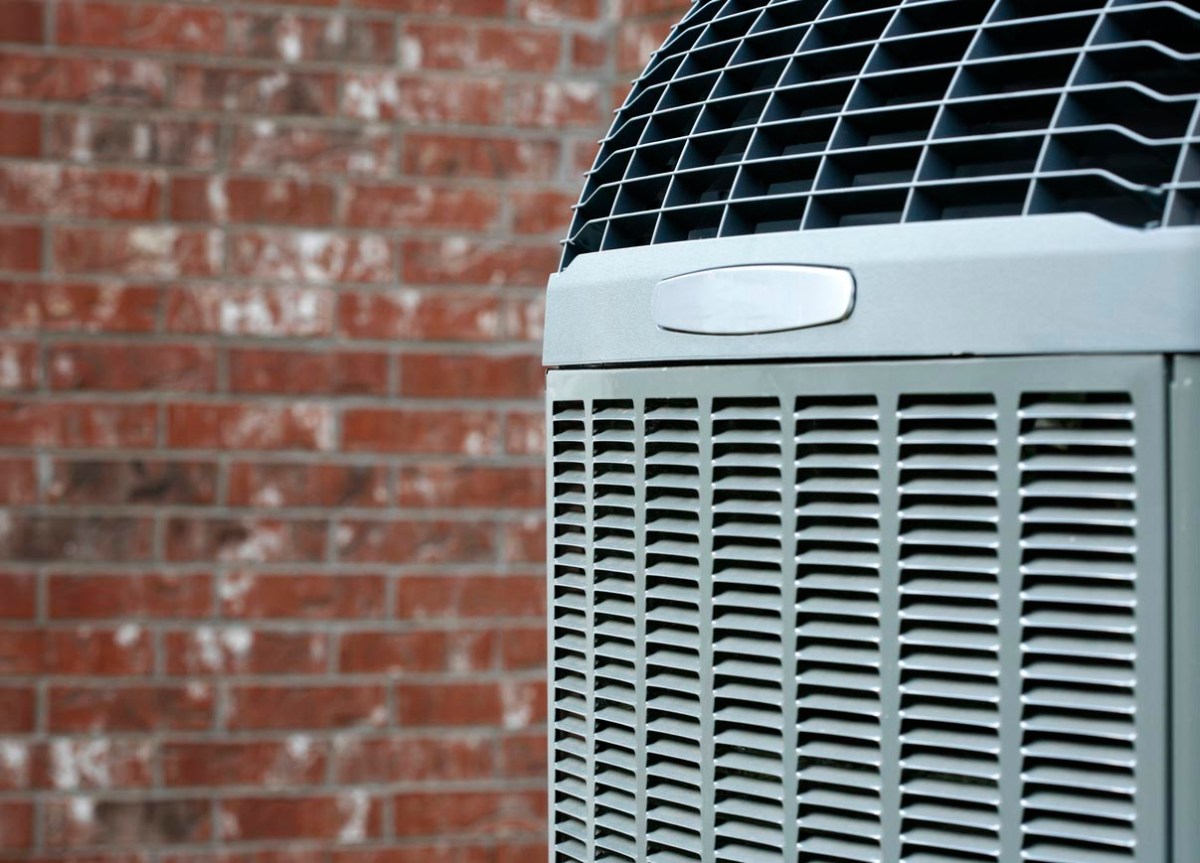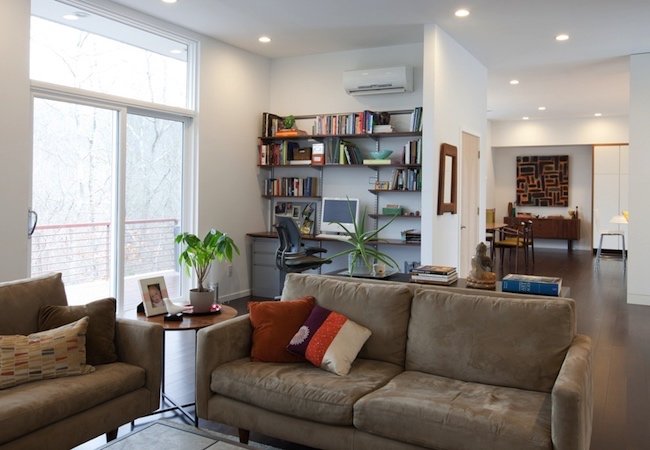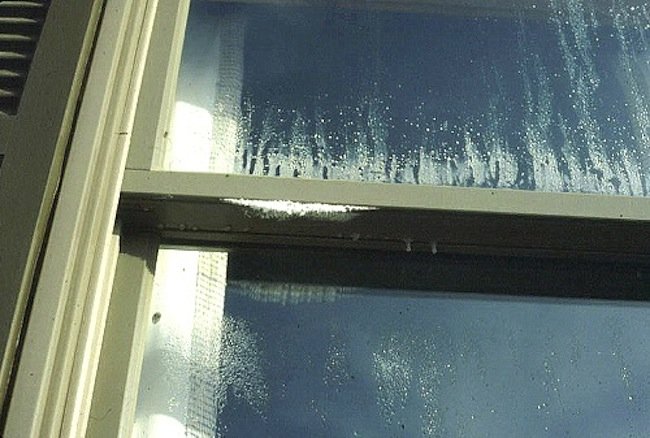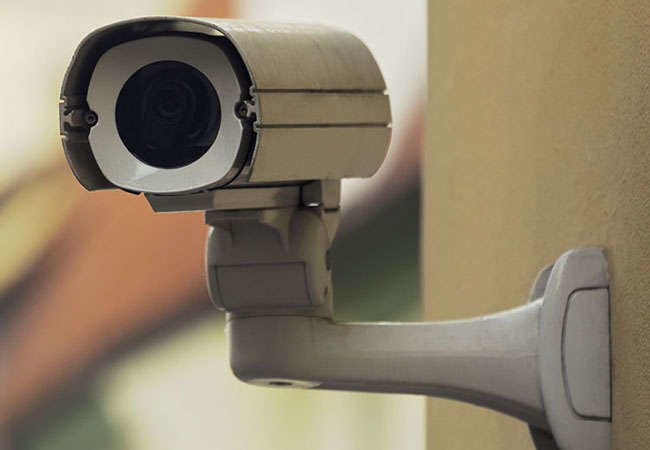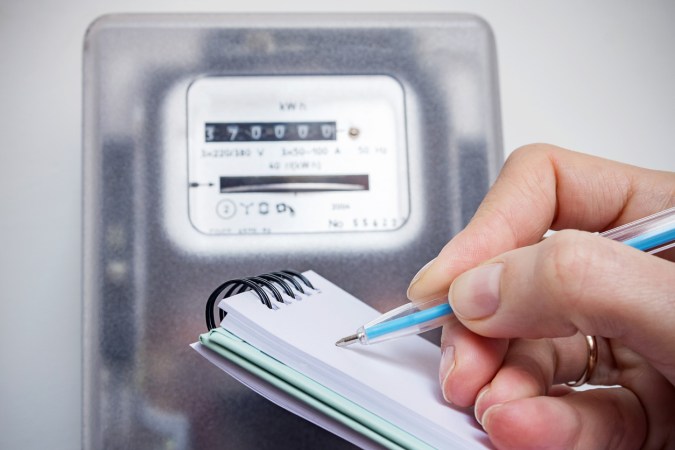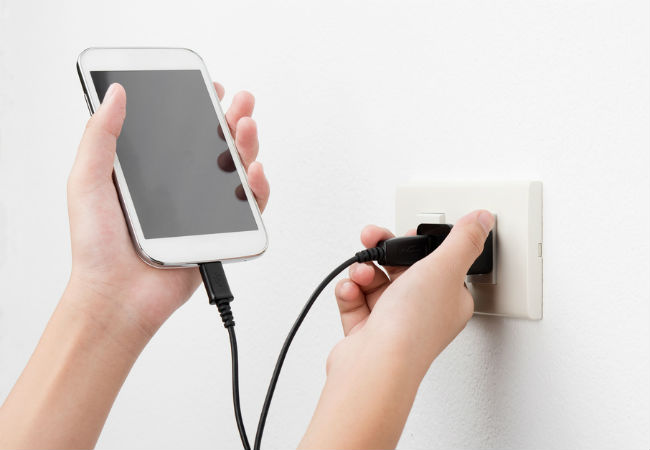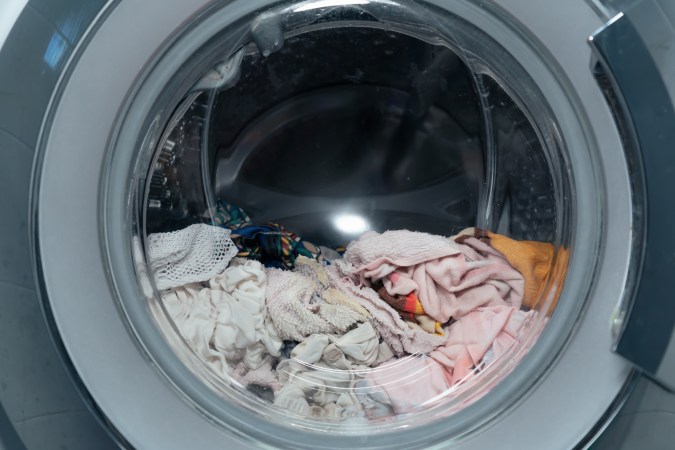We may earn revenue from the products available on this page and participate in affiliate programs. Learn More ›
What You Need to Know
- The simplest reason the AC unit isn’t turning on is that the thermostat may be switched off or the circuit breaker may have a blown fuse.
- Alternatively, the unit’s capacitor may be failing or there could be an issue with the condensate drain line.
- Finally, the unit might be low on coolant and need to be topped up.
- A professional can diagnose the issue and prescribe the right course of treatment to get the AC unit going again.
Q: Living in a Southern state, we have the AC on for much of the year. But when I went outside earlier, I noticed that the outside AC unit wasn’t running. Why is my outside AC unit not turning on, and how can I get it working again before my house becomes a sauna?
A: During the hot summer months in particular, homeowners rely on their AC unit to stay cool. So when an outside AC unit isn’t turning on, it’s essential to figure out why and find a solution as soon as possible.
Even the best air conditioners can have mechanical issues from time to time. If the AC unit has a split cooling system, two pieces allow the AC to turn on: an indoor evaporator and an outdoor compressor or condenser. If both pieces aren’t operating in tangent, the AC won’t turn on or produce cool air. Whether the AC outdoor unit turns on and you can’t feel it working, or it’s not starting at all, don’t worry—there are a few different things to try to get it working again. And if all else fails, you can contact one of the best HVAC companies (such as One Hour Heating & Air Conditioning or Aire Serv) to come out and fix the issue ASAP.

1. Make sure the thermostat is on, set to cool, and working correctly.
If the air conditioner is not cooling or isn’t even turning on, the first thing to do is examine the thermostat and see what temperature it has been set to. Someone else in the household could have raised the indoor temperature or turned the thermostat off entirely.
If it’s off, simply turn the thermostat back on, ensure it’s set to cool, and change the temperature to five degrees lower than what the ambient temperature of the room feels like. If the room starts cooling down, there most likely isn’t an issue with the outside AC units.
If it still doesn’t seem to be working and the thermostat is battery-powered, try replacing the batteries with fresh ones. Contact a specialist to examine if the wiring has gotten crossed or pests have chewed through the wires inside the wall.
2. The shut-off or emergency switch might be flipped.
Several sources of power an AC unit has that could have been accidentally turned off if the air conditioner is not turning on. Since the air conditioner outside unit has a different power source than an indoor AC unit, go outside to where the unit is located. Next to the unit, there should be a place that houses an emergency or shut-off switch. Someone could have left this switch in the “off” position accidentally. Ensure everything is plugged in and switched to the “on” position before going inside to see if the problem has been fixed.
There also may be a reset button on the outside AC unit that can be pushed. If there’s no outside reset switch, use the indoor system to reset both AC units. Turn off the breaker or thermostat and wait at least a minute before turning it back on. After it’s been reset, check to see if the outside unit powers back on and the room is cooling down.

3. Check the circuit breaker and see if there is a blown fuse.
There could have been a blown fuse to the circuit breaker that caused the outside AC unit to stop working correctly. A blown fuse is caused by an overloaded circuit breaker, which can happen if the AC unit is overworked or the wires are loose and aging.
Head to the home’s circuit panel and check to see if any breakers have tripped. Next, turn them off then back on again. There may be an electrical problem if the breaker immediately trips once it’s turned back on, in which case an electrician will need to assess the situation. It’s important not to turn the circuit breaker back on again, as it could further damage the outside AC unit or other household appliances.
If the home has a fuse box, replace any fuses that appear to have blown. The home’s AC unit may also have its own shut-off box. If the fuse is blown there, an HVAC contractor will have to replace it.
4. The capacitor might be failing.
A capacitor holds the energy that the AC unit outside needs to power on. There may be a buzzing noise coming from the outside AC unit if the capacitor fails because the AC condenser fan is trying to spin without power from the capacitor. An AC unit has two capacitors: a run capacitor and a start capacitor. A start capacitor provides the first push to spin the condenser fan. A run capacitor varies between two subtypes, a single run and a dual run.
No matter which capacitor a home’s AC unit has, they age and wear over time, causing it to fail. Overwork, extreme heat, or power surges can speed up this process.
To test whether the capacitor is failing, attempt to spin the condenser fan using a thin piece of wood to avoid pinching fingers. If it’s a dual-run capacitor and the AC fan starts spinning, there may be debris or dust in the AC fan motor, or the AC fan motor is damaged. With both single and dual capacitors, if the AC fan doesn’t spin at all, the capacitor has most likely failed.
5. There might be a problem with the condensate drain line.
An AC condensate drain line works by eliminating the water built up when the AC’s evaporator converts refrigerant from liquid to gas. If it’s not cleaned, algae and grime can build up in the drain line.
A line can also get clogged due to high humidity. Once it’s clogged, the line will trip a safety switch that turns the air conditioner off. To unclog the condensate drain line, turn off the HVAC unit and use a wet/dry vacuum to clear what’s clogging the drain. If the problem persists, seek a professional’s assistance to minimize damage.

6. The unit may be low on freon.
Freon is a chemical refrigerant that cools warm or hot air from the outside before entering the home. Freon usually runs through a closed loop within the home, meaning that there’s most likely a leak within the system if the unit is low on freon. This can cause the AC to stop working. Signs of a leak include ice buildup on the outside unit, only warm air coming out of the vents, and a hissing noise near the AC, signifying a more extensive leak. Since refrigerants can be dangerous to handle, the Environmental Protection Agency (EPA) requires a licensed professional to purchase and handle refrigerants.
While there are many reasons why an outside AC unit may not be working correctly, there are steps to pinpoint the problem. Once the issue is discovered, be sure to consult a professional who can assess the damage and safely restore the system to normal. In the meantime, consider investing in one of the best portable indoor air conditioners to stay cool while the AC is not functioning.
